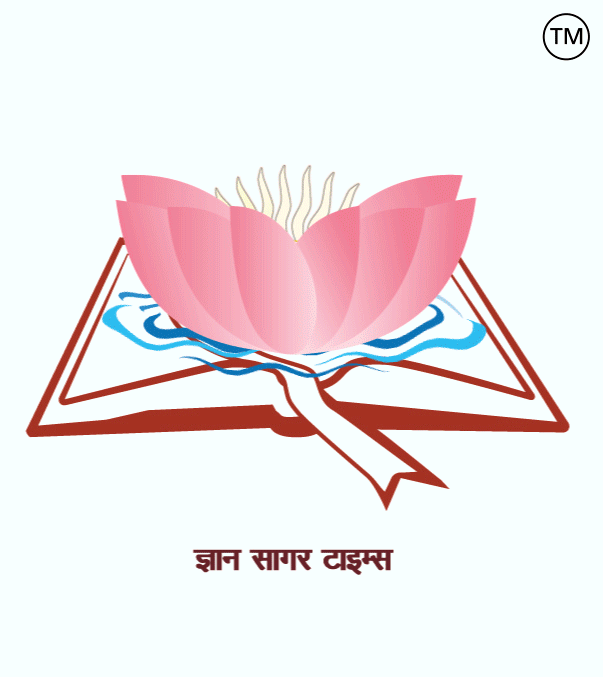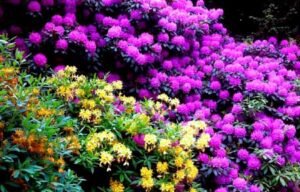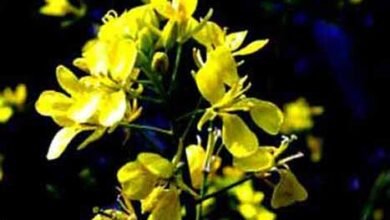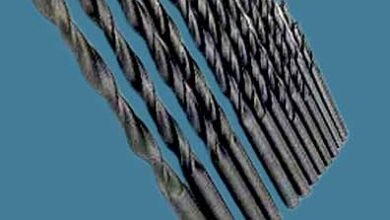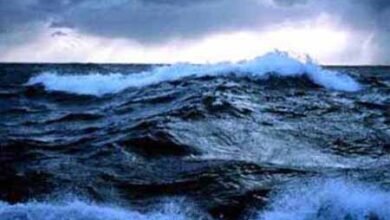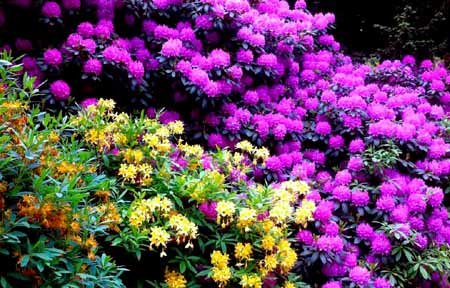
Related to botany – 202.
|
1. Who said, ‘Protoplasm is the physical basis of life’? = Thomas Huxley. 2. Who propounded the theory of evolution? = Charles Darwin. 3. Which tissue transports water in plants? = Xylem tissue. 4. Due to the presence of which tissue the process of growth continues in plants? = Meristematic tissue. 5. Which tissue performs the function of distribution in plants? = Vascular Tissue. 6. What is called the kitchen of a plant cell? = Chloroplast. 7. In what form is energy produced in mitochondria? = It is produced in the form of adenosine triphosphate (ATP). 8. Which plastid is called the one that stores food materials? = Leucoplast. 9. In which part of the plant are pigmented plastids found? = Flowers, fruits, seeds, and beetroot and carrots. 10. Which lamina is found in photosynthetic plants? = Chloroplasts. 11.The leaves turn yellow due to the formation of what? = They turn yellow due to the decay of chlorophyll, which makes the yellow pigments like carotenoids hidden in the leaves visible. 12.Due to the transformation of chloroplasts into chromoplasts? = Ripening of fruits or flowers. 13. What is called the reproductive organ of plants? = Flower. 14. Which hormone plays a role in the blooming of flowers? = Florigen. 15. What is the front end of the stem or branches called? = Apex. 16. Which develops from the Radicle? = Root system. 17. Clones are produced by which method? = They are produced by techniques like asexual reproduction and somatic cell nuclear transfer (SCNT). 18. Who called the science of heredity ‘genetics’? = William Bateson. 19.The main function of RNA is? = To convert genetic information stored in DNA into proteins. 20.What is fertilization? = It is the process in which the male gamete (sperm) and female gamete (egg) combine to form a diploid zygote, which eventually develops into a new organism. 21.The cell wall of algae is made of which substance? = Made of polysaccharides like cellulose, galactan and mannan. 22. Leaves have two main functions? = Photosynthesis and transpiration. 23. Leaves get their green colour due to what? = Due to a pigment called chlorophyll. 24. The fruit of which plant is found under the ground? = Peanut plant. 25.In which plant are “respiratory roots” found? = Found in mangroves or halophyte plants, such as Rhizophora. 26. In which class of plants seeds are formed, but the seeds remain attached to the plant in naked form? = Gymnosperms. 27. Which one of the following is transformed into a pitcher plant? = Leaf. 28. Still root is found in? = Found in plants like sugarcane, rice and maize. 29. The outermost covering of plant cells is called? = Cell wall. 30. Who is an autotroph? = Green plants make their own food through photosynthesis in the presence of light and are called autotrophs. ========== ============ =========== वनस्पति विज्ञान से संबंधित-202.
1. ‘जीवद्रव्य जीवन का भौतिक आधार है’ यह कथन किसका है? = थॉमस हक्सले (Thomas Huxley). 2. विकास का सिद्धान्त किसने प्रतिपादित किया था? = चार्ल्स डार्विन. 3. पौधों मे जल का परिवहन किस ऊतक द्वारा होता है? = जाइलम ऊतक द्वारा होता है. 4. किस ऊतक की उपस्थिति के कारण पादपों में वृद्धि की क्रिया निरंतर होती रहती है? = विभज्योतक ऊतक (Meristematic tissue). 5. किस ऊतक के कारण पौधों में वितरण कार्य होता है? = संवहनी ऊतक (Vascular Tissue). 6. पादप कोशिका की रसोई किसे कहा जाता है? = क्लोरोप्लास्ट (हरित लवक). 7. माइटोकांड्रिया मे ऊर्जा किस रूप में बनती है? = एडेनोसिन ट्राइफॉस्फेट (ATP) के रूप में बनती है. 8. किसे भोज्य पदार्थों संग्रह करने वाला लवक कहा जाता है? = अवर्णी लवक (ल्यूकोप्लास्ट). 9. वर्णी लवक पौधों के किस भाग में पाए जाते हैं? = पुष्प, फल, बीज, और चुकंदर व गाजर. 10. प्रकाश संश्लेषी पौधों में कौन-सा लवक पाया जाता है? = हरित लवक (Chloroplasts). 11. किसके निर्माण के कारण पत्तियों का रंग पीला हो जाता है? = क्लोरोफिल के क्षय होने के कारण पीला हो जाता है, जिससे पत्ते में छिपे कैरोटीनॉयड जैसे पीले रंग के वर्णक दिखाई देने लगते हैं. 12. क्लोरोप्लास्ट का क्रोमोप्लास्ट में परिवर्तन होने के कारण? = फलों या फूलों का पकना. 13. किसे पौधों का जनन अंग कहा जाता है? = पुष्प. 14. फूलों के खिलने में किस हार्मोन की भूमिका होती है? = फ्लोरिजेन (Florigen). 15. तने या शाखाओं के अगले सिरे को क्या कहते हैं? = शीर्ष (Apex). 16. कौन मुलांकुर से विकसित होता है? = जड़ तंत्र. 17. क्लोन किस विधि से उत्पन्न किया जाता है? = अलैंगिक प्रजनन (asexually) और दैहिक कोशिका नाभिकीय स्थानांतरण (SCNT) जैसी तकनीकों से उत्पन्न किया जाता है. 18. किसके द्वारा आनुवंशिकता के विज्ञान को ‘आनुवंशिकी’ कहा गया? = विलियम बेटसन. 19. आरएनए (RNA) का मुख्य कार्य होता है? = डीएनए (DNA) में संग्रहीत आनुवंशिक जानकारी को प्रोटीन में बदलना है प्रोटीन का संश्लेषण करना. 20. निषेचन क्रिया क्या है? = वह प्रक्रिया है जिसमें नर युग्मक (शुक्राणु) और मादा युग्मक (अंडाणु) मिलकर एक द्विगुणित युग्मनज (जायगोट) बनाते हैं, जो अंततः एक नए जीव का विकास करता है. 21. शैवालों की कोशिका भित्ति किस पदार्थ की बनी होती है? = सेल्यूलोज, गैलेक्टन और मैनन जैसे पॉलीसैकेराइड से बनी होती है. 22. पत्तियों के दो मुख्य कार्य होते हैं? = प्रकाश संश्लेषण और वाष्पोत्सर्जन. 23. पत्तियों को हरा रंग किसके द्वारा प्राप्त होता है? = क्लोरोफिल (पर्णहरित) नामक वर्णक के कारण. 24. किस पौधे का फल भूमि के नीचे पाया जाता है? = मूंगफली का पौधा. 25. “श्वसन मूल” किस पौधे में पायी जाती है? = मैंग्रोव या लवणोद्भिद पौधों में पाए जाते हैं, जैसे राइजोफोरा. 26. किस वर्ग के पौधों में बीज बनते हैं, परन्तु बीज नग्न रूप में पौधे पर लगे रहते है? = जिम्नोस्पर्म (Gymnosperms). 27. घटपर्णी में कौन सा एक घट में रूपान्तरित होता है? = पत्ती. 28. अवस्तम्भ मूल (Still root) पायी जाती है? = गन्ना, चावल और मक्का जैसे पौधों में पाई जाती हैं. 29. पादप कोशिकाओं का सबसे बाहरी आवरण कहलाता है? = कोशिका भित्ति. 30. कौन स्वपोषी होता है? = हरे पेड़-पौधें प्रकाश की उपस्थिति में प्रकाश संश्लेषण के द्वारा अपना भोजन स्वंय बनाते हैं तथा स्वपोषी कहलाते हैं.
|

